Soul of
A
Railway ©
Part 2
- We finished illustrating a typical outer-suburban train of the fifties when nearly all such workings were still steam hauled (the exceptions were Pietermaritzburg-Howick, a few locals around Durban and, from 1953 onwards, the Stellenbosch and some of the Wellington turns out of Cape Town. Still on the same tack, here is a superb study of a famous outer-suburban working, the 17:18 weekdays Cape Town-Somerset Strand approaching Eersterivier on 27th January 1960. Popularly known as the “Strand Express” and invariably hauled by No 781, the solitary class 5R, her regular driver (by this time probably driver du Toit) is leaning out of the cab in the traditional manner of enginemen everywhere.
- Taking the crossover directing trains off platforms 1-3 and the parcels sidings onto the Southern Suburbs line is a standard suburban set with 4M steel-clad motor coaches – an archetypal Cape suburban scene recorded by Les on 26th January 1960. The 4Ms were similar to the earlier 2M2 steel motor coaches standard on the Reef suburbans. The formation was typical: four match-boarded swing-door suburban carriages topped and tailed by either 4M or 1M1 motor coaches towing another plain carriage and driving trailer. This facilitated the breaking up of the set into an off-peak configuration of driving trailer, plain coach and motor coach which, in pre-apartheid days was frequently resorted to (there will be more said about this in future installments). In the absence of the recently departed, much lamented railway historian, Malcolm Bates, we are unable to say with certainty that the black disc with the letter Q on it identifies the set. Can anyone assist?
- From 1960 the new Commonwealth-designed steel 5M2A sliding-door trainsets rapidly replaced the old wooden swing-door stock. For this writer at least this was not an improvement. They looked smart but didn’t have the character of the original match-boarded teak 1928 trains in their Imperial-brown livery. Shot taken 2nd January 1965.
- Hard to imagine today, but steam continued to work the intensive and fast PE suburban service right up until 1984 when about 80% of the trains were summarily cancelled. For more than 80 years this was a typical scene during the evening rush hour. An interesting aspect of the vicious pruning of the PE timetable was that only the two morning inbound and evening outbound trains were retained (and dieselised). These mainly served railwaymen proceeding to or from work from the predominantly Afrikaans-speaking (and government supporting!) towns of Despatch and Uitenhage.
- Bloemfontein too had a useful steam suburban service but these got the chop in December 1972. Before that there were several simultaneous departures each week involving suburban workings, in this case the 11:25 twice-weekly departure of the westbound Orange Express and a Melorane all-stations. On 209-down (sans headboard) is Kallie Ludick’s 3235, while on the stopper is another immaculate engine, 843 cl 16DA.
- Moving on to mixed trains, here is 2605 cl GCA working the short (7 mile) Kelso-Umzinto shuttle in 1965. The train is curving away from the new South Coast main line completed in 1959. Note the original main line at the bottom of the picture, by this time only a truncated piece long enough to use as a head shunt for Kelso’s goods yard was retained.
- The daily mixed on its 89-mile journey from Ladismith to Touws River, in charge of 984 cl 7. SAR didn’t always treat its customers with the respect they deserved – note the five loads of manure ahead of the passenger saloons, a regular consignment on this train. Agricultural aromas would waft rearwards, quite ruining the potential pleasures of six hours behind an 80-year old warhorse. When we said SAR was excellent, we didn’t say it was perfect!
- Carrying on with the theme of excellent but not perfect, this is 627-down mixed negotiating Loerie bank on the Port Elizabeth narrow gauge. Nothing out of the ordinary, a typical SAR mixed. Only one thing: after the 1940 timetable announced that henceforth Langkloof passengers would be conveyed by bus, these narrow-gauge mixeds continued to run for another 40 years unadvertised. Only the locals knew about them but they used them in numbers. How this was justified is a mystery but it could have something to do with avoiding responsibility for providing customers with a reliable service. From 1940 the coaches were attached to “transship and pick-up” (t&p) freights which, as can be imagined, were rather erratic when it came to timekeeping. There are other interesting things here: note the driver sitting precariously on his outside perch to avoid the heat – definitely wouldn’t be allowed today! He has stowed his skofblik (lunch box) in the opening in the front tank (on ACR we filled up those holes to provide extra capacity thereby eliminating two water stops). Behind the engine: a low-sided bogie loaded with agricultural implements; a covered van for parcels and packages; six loads of fruit; an mt DZ with raised sides for loco coal; a domestic water tank wagon (mt in this direction – the other way it would have been full to serve lineside ganger’s cottages); three more fruit trucks with vegetables from the Gamtoos valley; 3rd class coach; 1st class coach (both ex CGR); guards van with compartment for the post bags. Note also the inch-perfect ballast profile and weed-free railway reserve – prerequisite of a steam railway. These were the days when length gangers took pride in their work.
- The next category was fast goods, which on the Cape Main Line especially meant No’s 55 and 401. The former was dubbed “die vis” (“the fish”) by railwaymen for the obvious reason that you could smell it a mile away. 55-down undertook to deliver the catches of Table Bay to the markets of Johannesburg overnight but you’ll have to wait for a picture of this all reefer block set that ran to passenger timings because I haven’t scanned it yet. 401-down also was scheduled at passenger timings and carried high-rated expedited general traffic such as parcels, post and periodicals, tourist motor cars, livestock, perishables, bulk wine and bulk beer – the latter was discontinued when it was found that the chemicals used to extend the life of a well-known RSA brand was eating through the lining of the tanks*. In this shot of 401-down the two condensers are approaching Biesiespoort on the 1942 deviation which eased the gradient to 1-in-80 through Mannetjies Roux’s farm (for o’seas readers he was a famous Springbok rugby player). The original 1-in-66 alignment can be seen on the right.
* This is probably an urban myth put out by railwaymen to explain why they lost the business to road haulier.
- No 251 cl 4E on a typical Cape Main Line freight beneath the DuToits Kloof mountains. These were not the most attractive SAR electric locomotives but they were very effective, especially in drag service. The operating department loved them because they could shift traffic better than they had ever known in steam days. This would explain why they (operating) didn’t kick up too much of a fuss when, soon after their arrival in 1953, the CME imposed a 45mph speed limit on the 4Es thus precluding regular use on the Blue Train for the first few years of their service in the Cape. This was said to be due to a fault in the Metro-Vick designed bogies with their nose-mounted traction motors, which led to severe hunting at speed and cracking of the frames. The fault took a combination of SAR and Metro-Vick brainpower to be resolved. I remember clearly the latter’s engineer, Mr Stephen Hiley, who was sent to Cape Town to supervise the tests and assist with corrective measures.
- 198 cl 3E on up coal mts. The 1Es and 3Es were the most attractive of SAR’s electric fleet. When the class 3Es settled into regular service on the Western Transvaal System after a brief spell in Natal, they were each allocated two sets of men – effectively mimicking the steam side with regular crews on certain locos. This resulted in supershine 3Es competing with each other for the title of cleanest 3E at Braamfontein ERS. Their polished brass window frames matched very well with the plain Brunswick green livery. The 3Es were used on all classes of traffic – from coal trains to the illustrious Blue Train – the latter between Johannesburg and Welverdiend. They had a very good turn of speed (geared for 65mph) and showed this to good effect when hauling main line passenger trains.
- Special trains were a feature of SAR operations from early on. During the twenties the “Round in Nine” tours became especially popular with foreign tourists but these came to an end with the outbreak of WWII. After the war specials were relatively scarce, one of the first being the Cape Town Society of Model Engineer’s sixth-class excursion to Franschhoek in 1963. There could hardly be a better way to illustrate the category than Les’s photo, taken from the train, of 2567 cl 23 gingerly bringing the 700-ton Blue Train 30th Anniversary special down Hex River Pass in April 1969, with the mighty massif of Matroosberg dominating the horizon.
- From the mid sixties until 1984 SAR (and the Eastern Province Cement Company) spent almost R1 billion (in today’s money) on improvements to the 206 mile Port Elizabeth narrow gauge network. I will be saying more about this in the section dealing with System 3 but this scene from 1973 epitomizes the Departmental Train category, showing yet another delivery of ballast for the upgrading of the railway into the Langkloof.
Fotogalerie


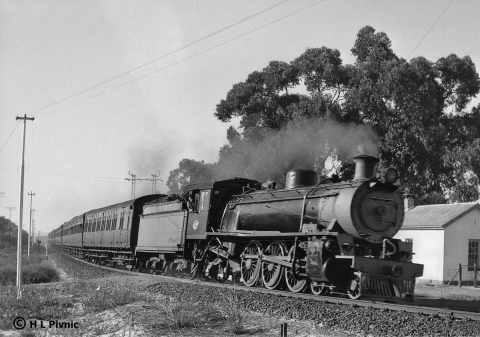
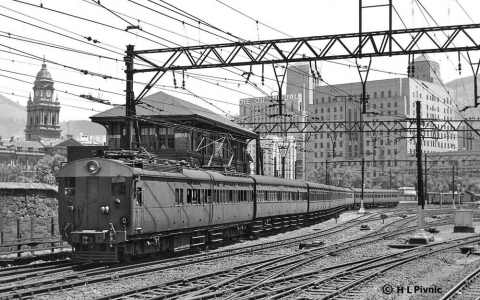
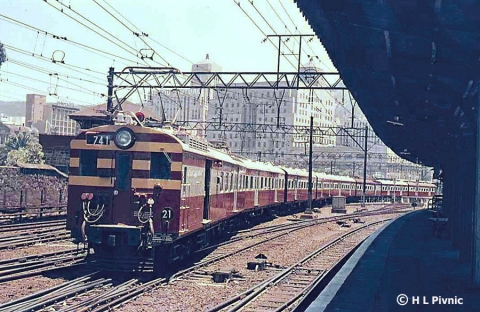
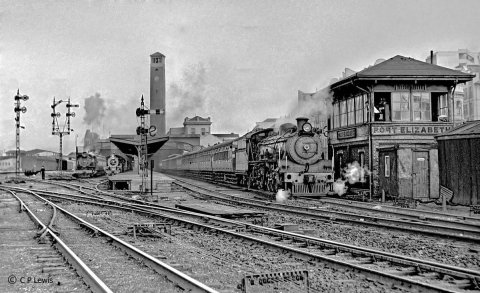
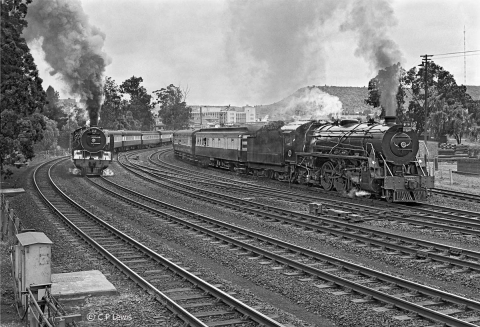
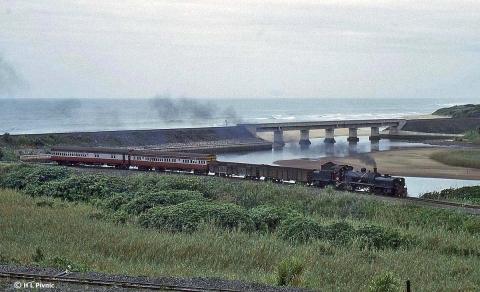
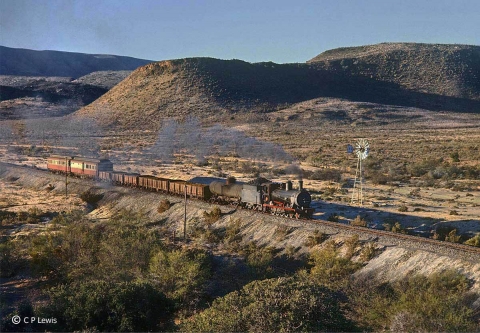
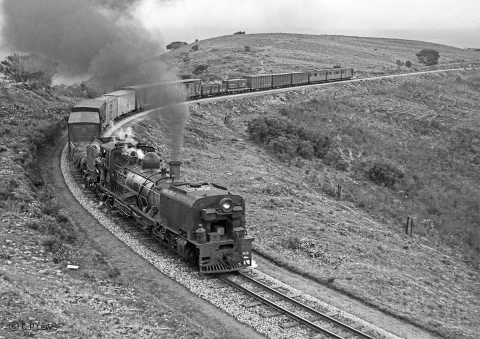
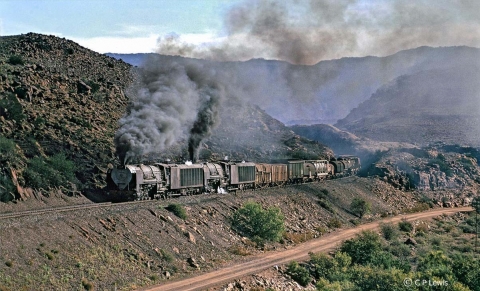
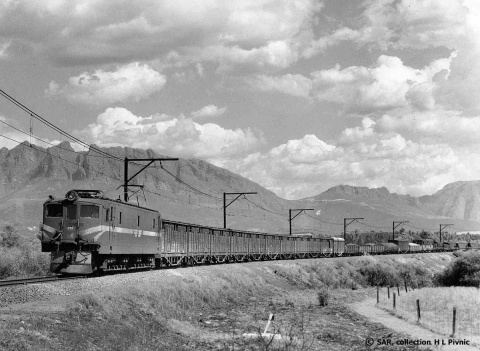
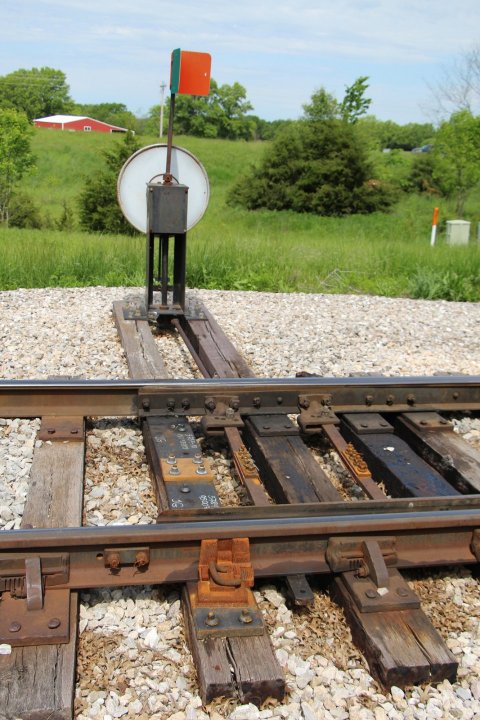
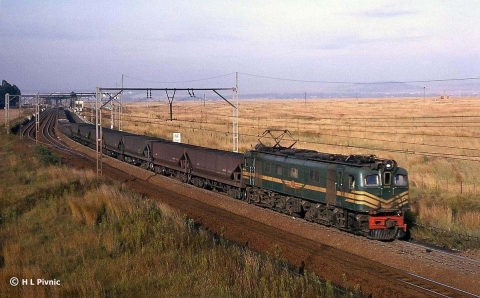
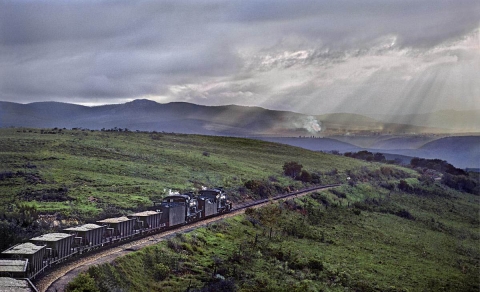














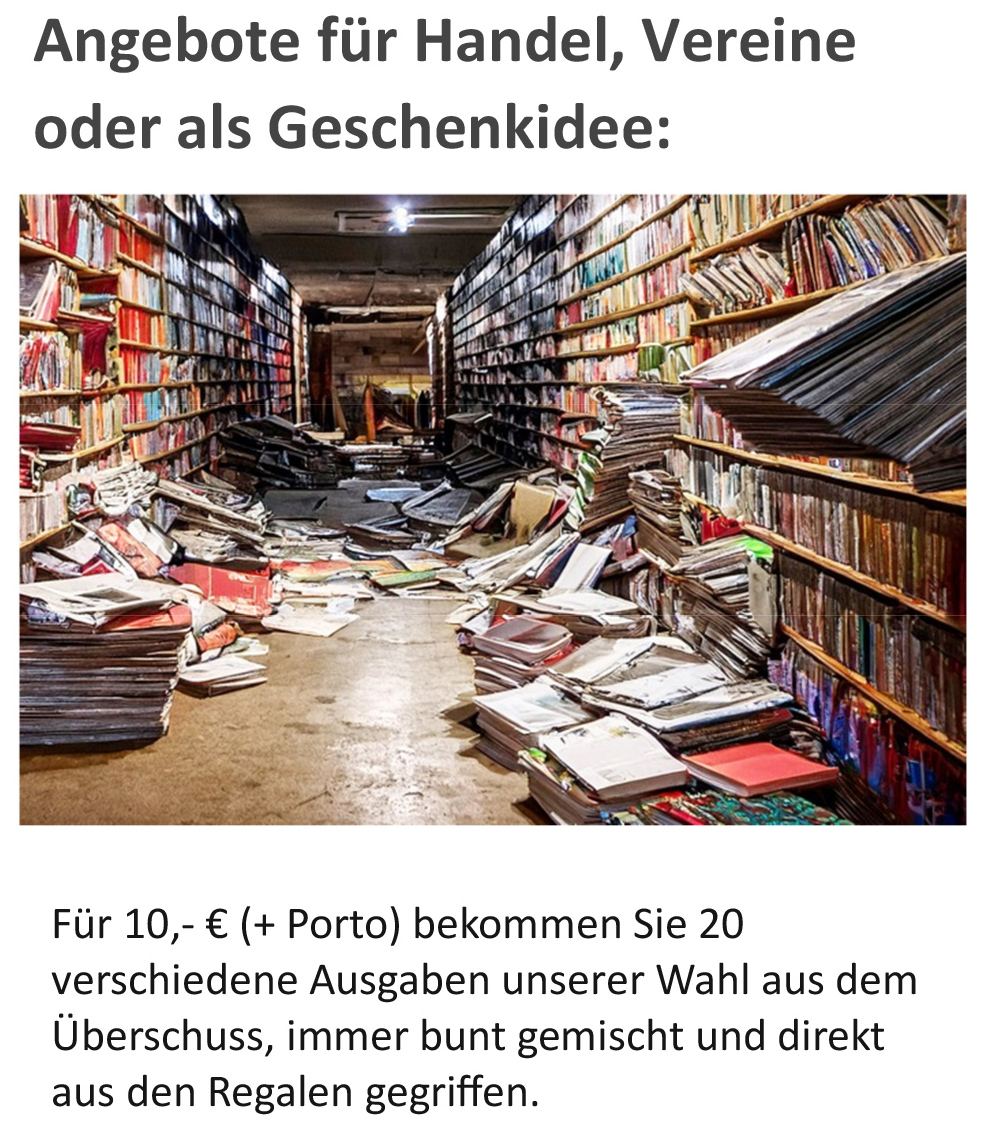
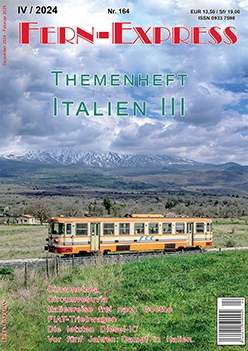
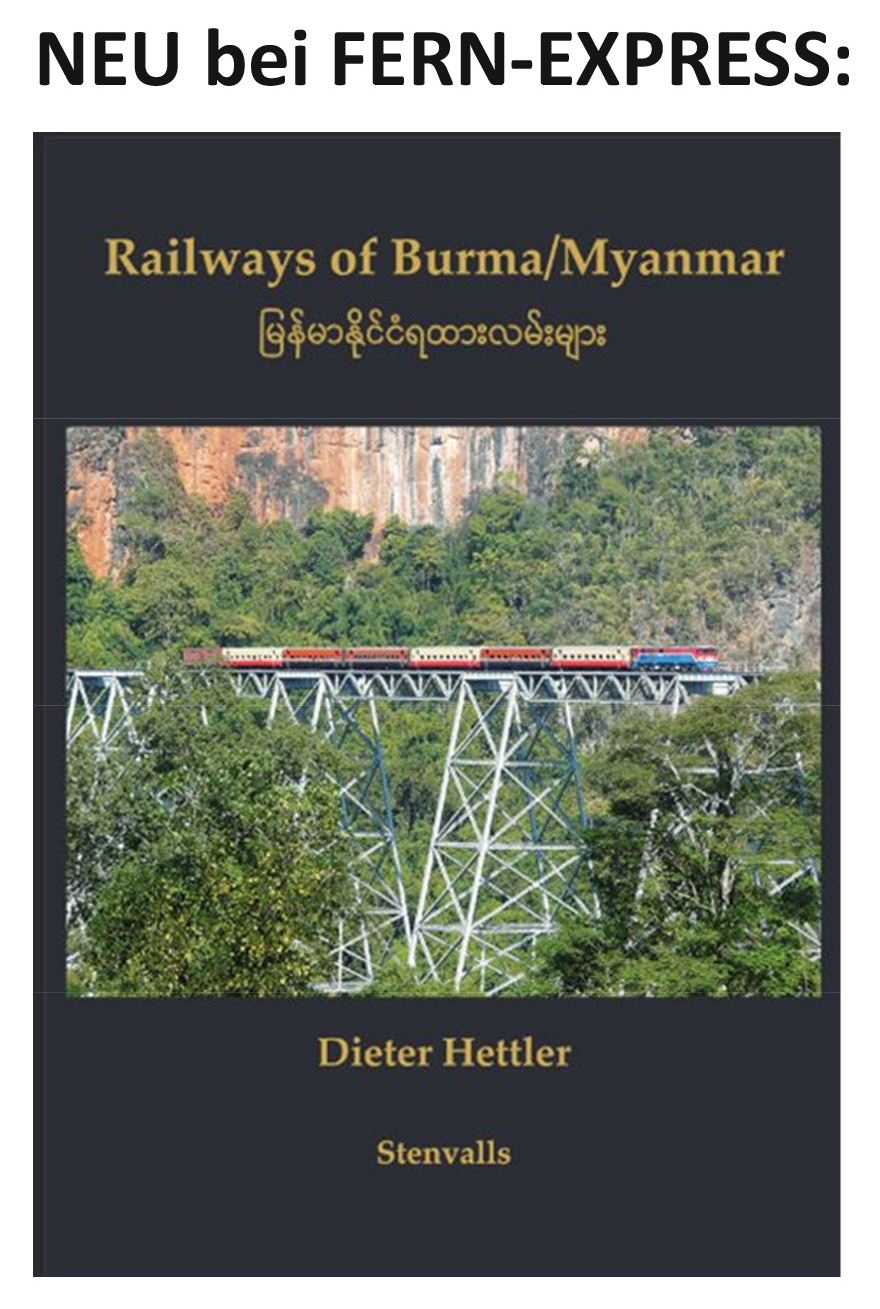
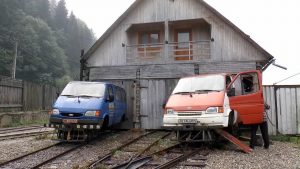
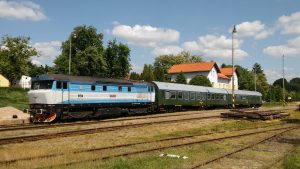
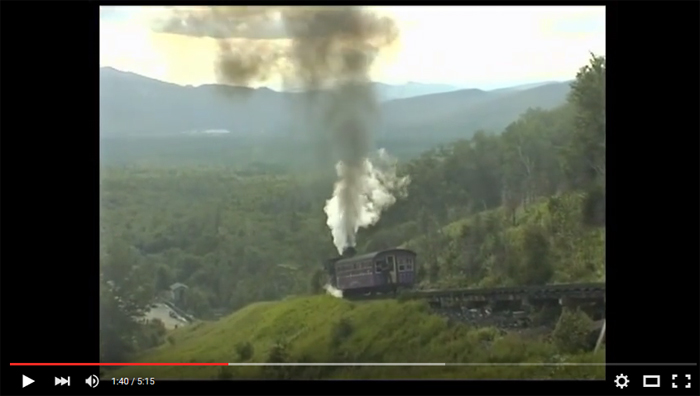

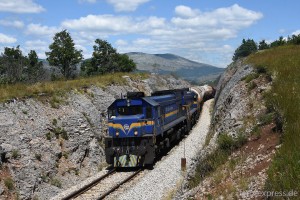
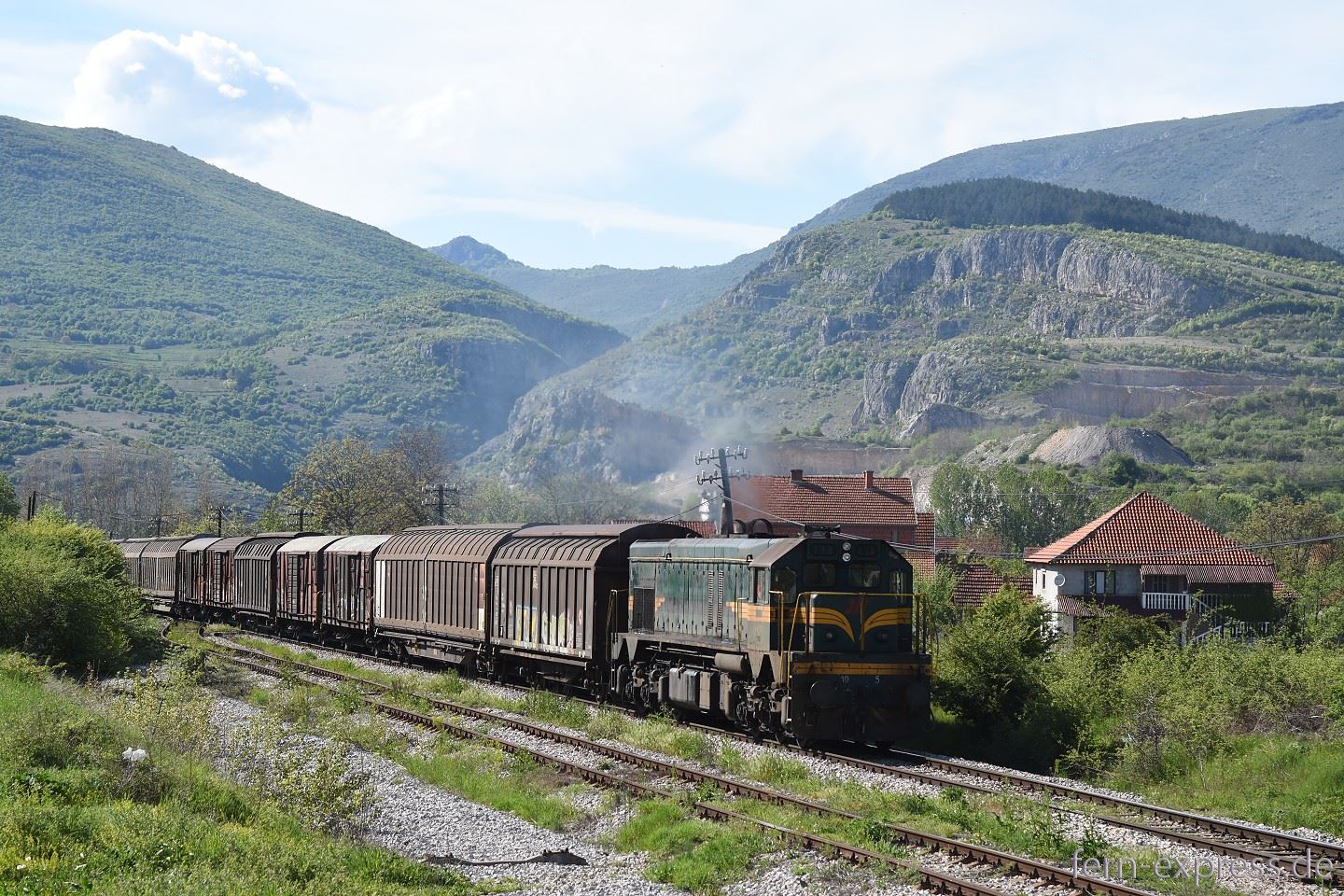
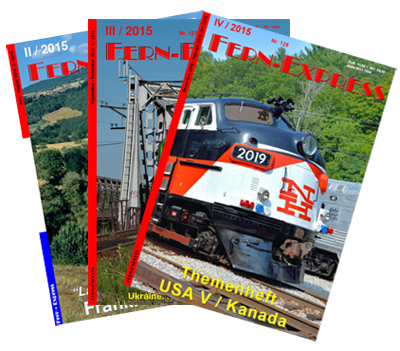
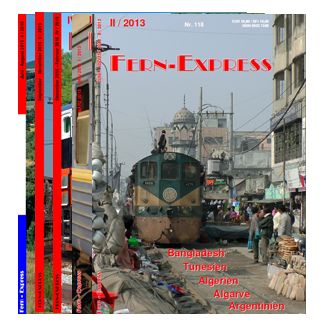
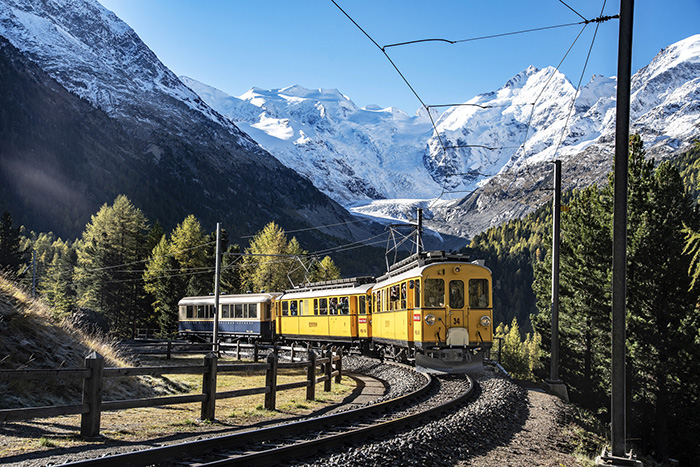
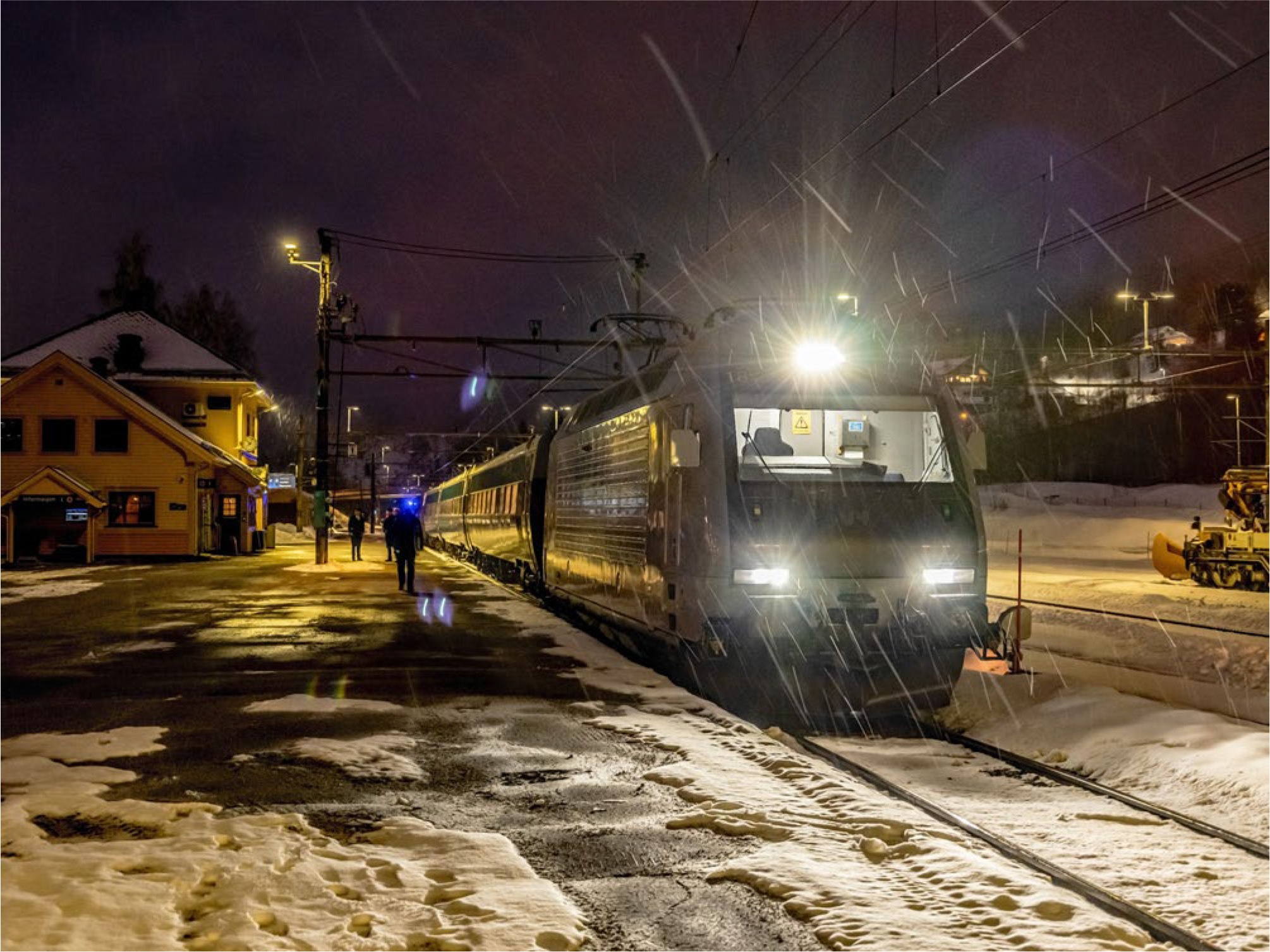

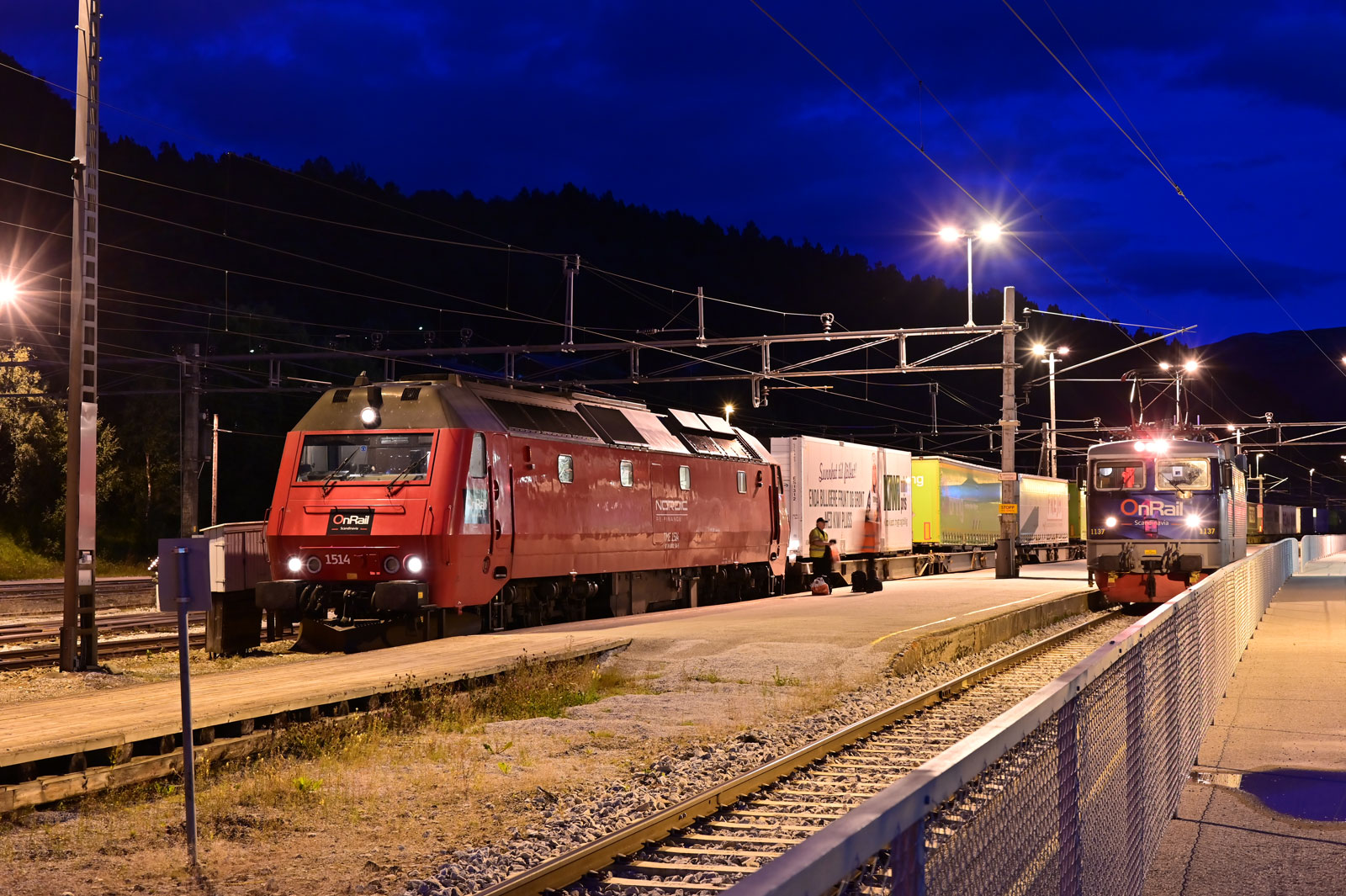
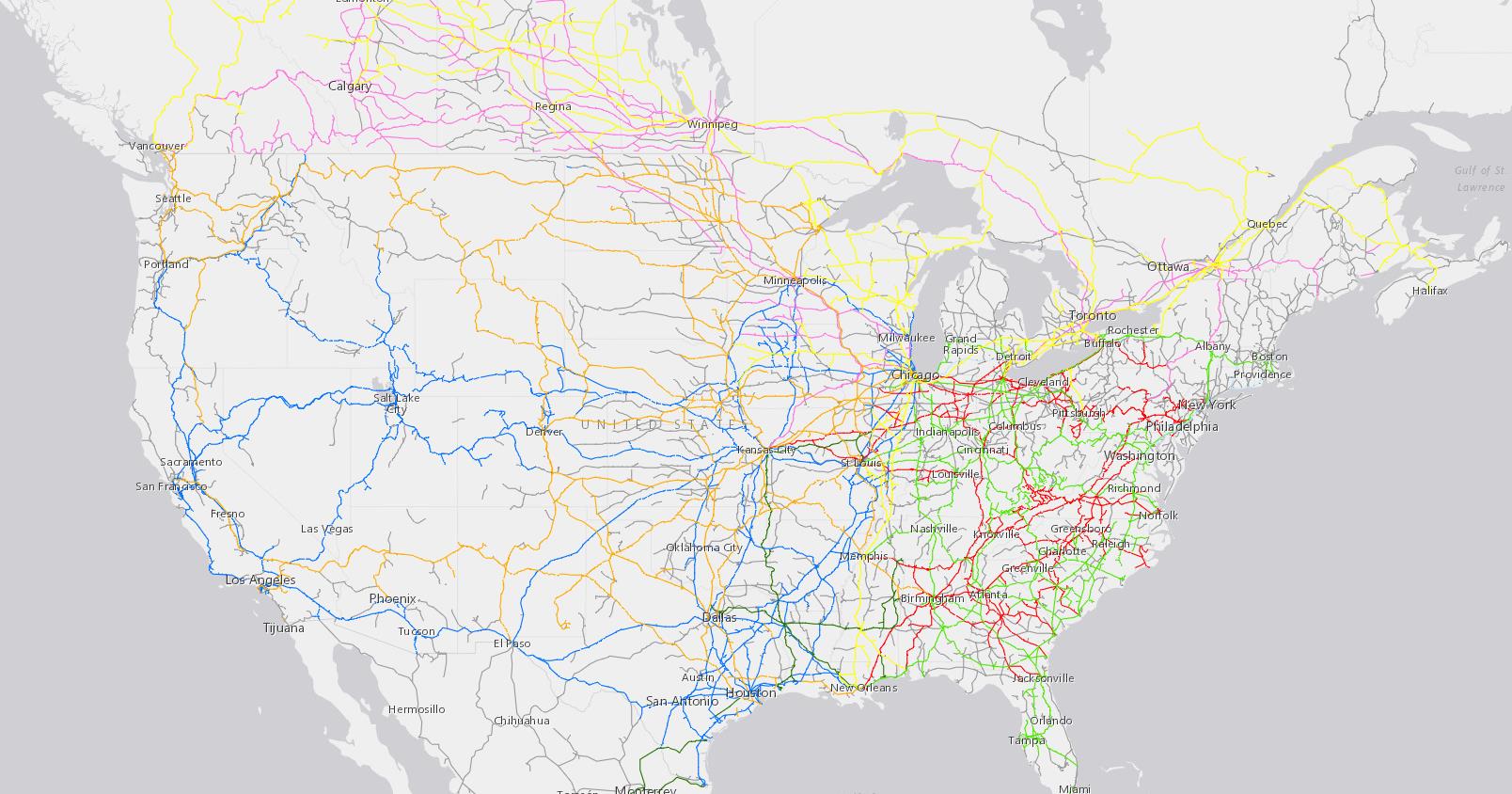


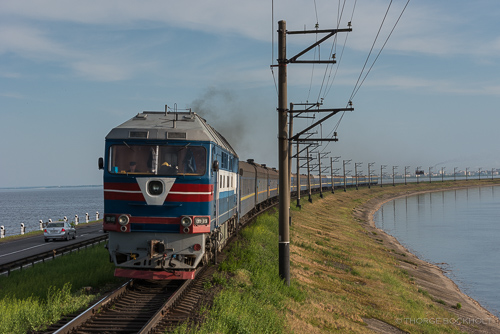
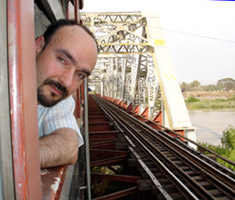
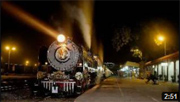
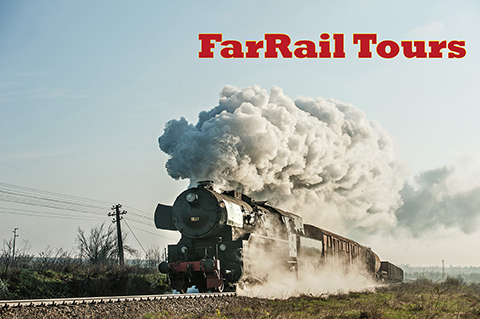

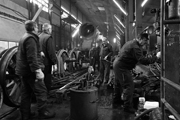
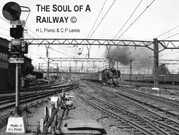

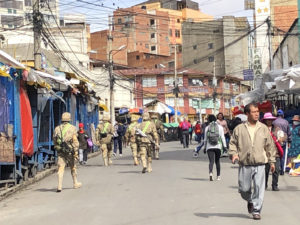
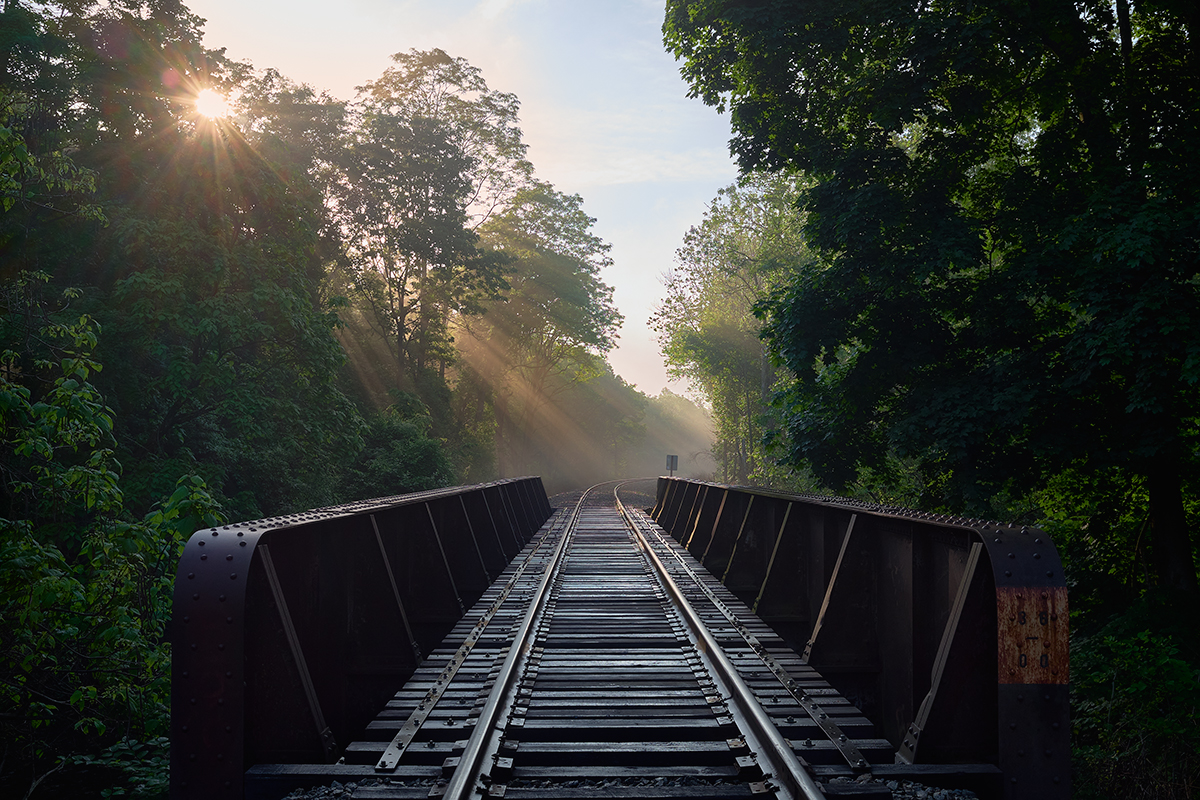
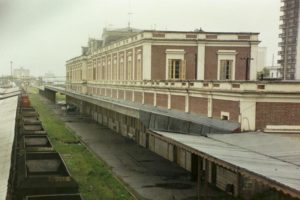
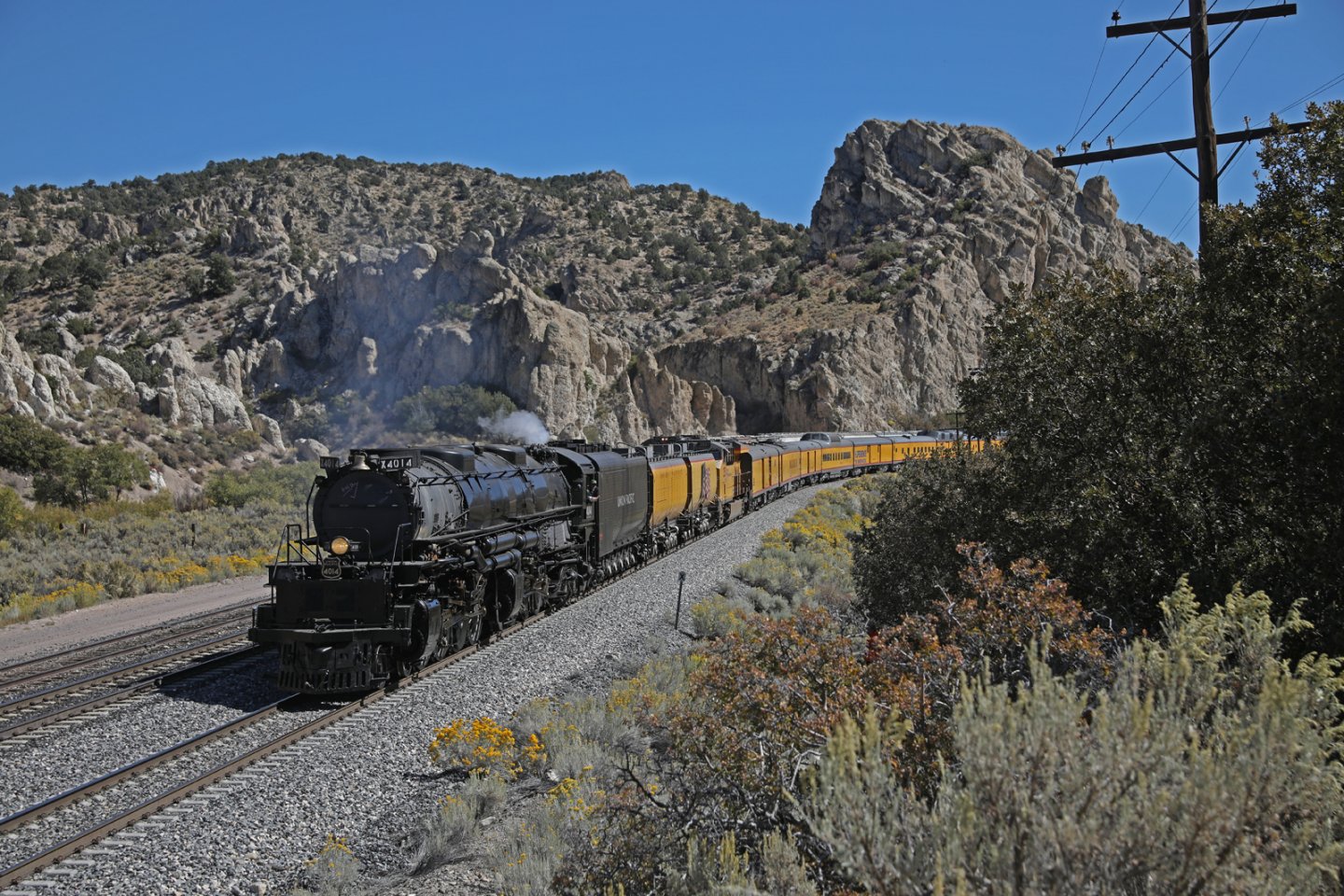

I really loved your photos and information AWESOME !!! brings back so many memories of our winter holidays when we boarded the orange express in Durban and headed off to visit my aunt in Hermanus every year the locomotive changes i remember very well my sister and i would go off to get boiling water for our parents and when they started shunting we would run like mad to get back in the train . I can clearly remember those beautiful wooden coaches and was saddened by the new ones with the melamine panelling when we got our coach i would always silently pray we would get the old coaches . Yes the railways would never be the same again !!! I started my career on the railways back in 1978 and qualified at the colledge in esselenpark in trains working duties of a station foreman with the van schoor tablets signals ect ect .
thanks once again
kind regards
trevor geldenhuys
https://www.flickr.com/photos/hilton-t/collections/72157621916648803/